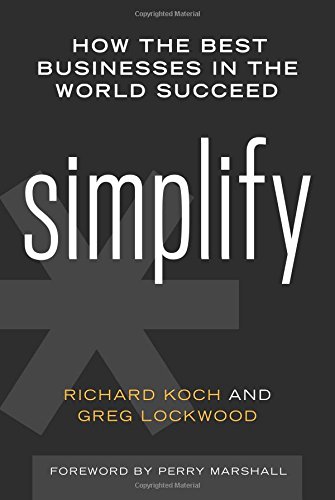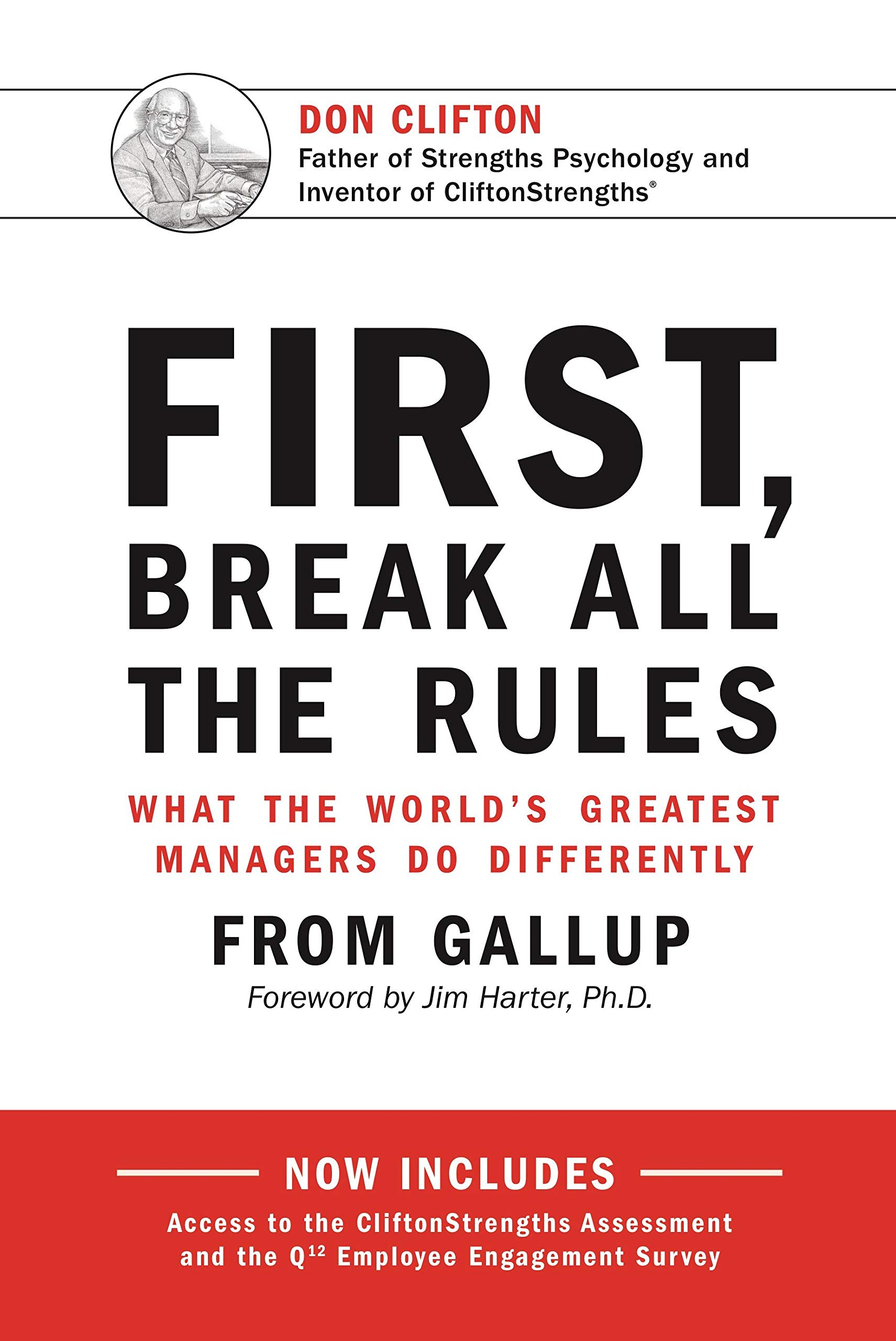How to handle Objections & Close
Do you fear objections? On the contrary, you must embrace objections! Because, an Objection shows that the client is interested. The customer who has no questions to ask has no desire to buy!
What is an Objection?
Objections are doubts/ fears that customers need to resolve before taking a decision in your favor. Objections often are fears. You just need to handle them!
Objection = Fear. Objection handling = Fear Handling!
Why do customers raise objections? Customers raise objections due to one or more of the following doubts/fears:
| His fear/doubt | What it means | What you need to do |
| Do I really need this? | You may not have discovered his real needs(Missing Step : AG) | State your understanding of his needs; ask if you have got it right; ask more questions to find real needs |
| Is this the right solution for me? | You have not convinced him about how your solution best meets his needs (Missing Step : AG) | Confirm needs & Explain persuasively how your solution meets needs best |
| Is this priority for me now? | Customer does not experience a sense of urgency to address his needs (Missing Step : AG) | Ask Ramification and Value questions to create a sense of urgency |
| Am I getting the right price/terms: value! | Customer has not understood or accepted the value added to his business by your offer (Missing Step : AG) | Present the objective of you proposal; the likely impact on his business; & ask if it is important to him |
| Can I trust this guy & his company? | You have not Achieved Rapport (Missing Step : AR) | Achieve Rapport first! |
| Are they capable of delivering on their promise? | You have not Achieved Rapport (Missing Step : AR) | Achieve Rapport first! |
If you take a hard look at these 6 doubts/ fears, you will see that the underlying theme is:
“Can I trust this Salesperson’s intentions & capabilities to do what is right for me?”
Can you see that your fundamental solution lies in building trust- through A-RAGA?
How do customers raise objections?
Customers show their objection in 3 forms:
- Through Questions
- Through Indifference: They look bored & unenthusiastic. They may redirect to someone inconsequential
- By conveying skepticism: ‘I don’t believe you/ your claims!’
Just because they have said all or any of this does not mean they don’t have a need
How do we handle these 3 forms of objections?
Questions reveal what is in the customer’s mind. (Refer the table above)
Indifference is to be handled by making a Statement that provokes him out of it. : e.g. “If I have a solution that could reduce your downtime by 25%, would you not be interested?’
Skepticism – When a customer conveys ‘I don’t believe you/ your claims’: First: Probe into the real reasons why he feels so
Next: Tackle in 3 steps:
- Pre-empt: State that you can substantiate your claims with proof. Don’t show them any documentation unless specifically asked for
- Ask: ‘What type of proof do you prefer? ‘: This will prevent him from later stating that the proof you present as inadequate
- Provide proof that the buyer believes in. These could be:
- Testimonials from influential people in the same industry
- Trade published articles
- Reports from independent companies or
- Your own R&D trial reports, customer list, reference,
When to Handle Objections?
- Pre-empt before the issue comes up: (This builds credibility and trust) State: ‘You may have a question in your mind: whether…..” Go on to state your solution
- As soon as the issue comes up: (This conveys empathy & respect for his concerns) Customers don’t like to be ignored, so the safest bet is to answer questions when asked.
3. Postpone it to the end: Particularly useful if the customer is jumping the gun on a point that you plan to cover later in your presentation. Price discussion, for example should be at the end after agreeing on the needs and agreeing on the solution. Note it down and handle it in the end, positively
The 4-Step Plan to Handle Objections
(1) Listen carefully. Don’t interrupt! Listening is half the objection solved!
(2) Check your understanding: Paraphrase to convey & check your understanding. Seek clarification thro simple, open-ended questions
(3) Address the issue: Speak clearly and to the point, don’t beat around the bush. Sometimes prospects cannot see their own business dilemmas. It is your job to clarify issues and help them overcome their fear of investing money or making decisions
(4) Confirm agreement: Always ask the prospect if he is completely satisfied with your answer
Techniques to ‘Address the Issue’
- ‘Feel, Felt, Found’ technique: Say: “I understand how you feel about… I have had other customers who have felt the same way until they found out that…..”
- ‘Feel’ conveys understanding
- ‘Felt’ assures him he is not alone – others like him have been in the same boat before!
- ‘Found’ reassures him that this common misgiving becomes unimportant when additional information is considered
- ‘Compare Apples with Apples’ technique: Use this technique when the customer compares your product/services with another which does not meet his stated criteria; or, he suddenly emphasizes a new element in the criteria
- ‘Boomerang Technique’: This technique requires very good rapport with the customer. Here, you return their excuse for not requiring your services as the exact reason why they should go for it! ‘Insure nahi karoge toh mehanga padegaa!’
To make your argument completely sound, back it up with hard evidence. Use charts, graphs, statistics, case studies, and testimonials to show how much time or money will be saved or earned by your proposal.
Close!
Closing is the stage when you call for an answer from the customer and seek an agreement from him on your proposal. A professional close is a natural and logical extension of involving and getting agreement of the customer at every step of the selling process. When done this way closing is a matter of when, not if! In a way it is similar to asking someone to marry you if you were worried about the answer, you wouldn’t ask. The question will be premature
How will you know the right time to close? From Signals!
Verbal signals: If the customer
- Uses phrases like “That sounds good” or “That makes sense to me”
- Asks a lot of detailed questions on how and by when
- Calls his trusted advisor for a second opinion
- Repeats the key words you have used to explain the value of the solution
Non-Verbal signal: If the customer makes a change in posture which reflects interest such as:
- From sitting back to leaning forward
- Starts nodding his head when you make a key point
- Widens his eyes
How could you close?
- The Assumptive Close- Where you are fairly confident the buyer has taken a decision but you avoid asking a direct question (as it is painful to the buyer). Speak as if a decision is taken g. ‘When do you wish to kick start the project?”
- ‘I Recommend’ Close- Where the buyer requires a little gentle nudge to close: Start with ‘I Recommend that the right thing for you is …..’ If the customer feels that you have really understood his needs, then he will follow your recommended course of action
- The Alternative Close- Offer two options in such a way that the buyer chooses between two positive alternatives
- Recurrent Yes Close- Here, you ask a series of questions that the buyer says yes to. You are getting the momentum going and having the customer say ‘yes’ to a number of questions, and you can use this to lead him to a close
If the customer is closing, don’t interrupt. Let him close the deal for you! Talk Less, Listen more, Close more!
Act! Have a Bias for Action!
Some things you have read here you may already know. You may have been doing a few of these already. My question to you is: How many of these are you doing, not just once in a way, but Always! i.e. How many of these are now your habit? If you have not made these your habits, your knowing is of no help!
Let’s see an example Do you remember the warning on cigarette packs, cigarette hoardings? What does it say? I am sure everybody remembers it: ‘CIGARETTE SMOKING IS INJURIOUS TO HEALTH’. Billions still smoke, after reading this slogan, knowing it is injurious. So, knowing is not enough. If you do not act on the Knowledge, it’s a waste. Why this Knowing-Doing gap? Because they have not decided to take action. No intention- so no decision- so no action!Ask people who have given up smoking how they did it: You will invariably find that one fine day- they took a decision- to stop
When is your one fine day? I am not now talking about smoking. When are you going to decide to become a Powerful Persuader? Some other day? Today? How about today? Start, now! I promise you dramatic success- if you have decided. If you have not, you are wasting your potential! Indecision is also a decision-to not use your potential! Winners have a Bias for Action. Losers are ‘trying’ to take action– they try to meet targets- they try to convince customers about a price increase, they try to read this book. When you say ‘I will try to do…’ you are giving yourself a backdoor to escape.
If you have a backdoor, you will use it – Old Alchemists Saying!
If you have decided to become a wonderful persuader, you have made a decision to:
- Make your customers trust you and live up to it through right actions. You have committed yourself to A-RAGA! , the Trust-Building- Cycle
- Work towards a Partnership of Equals! With the Empowering belief: The customer needs us as much as we need the customer! Because, nothing from what you have read so far will help you if you lack conviction about your products, company & yourself!
Everything you have read here will work for you if you believe it will work and act on it: you will create enduring relationships- you will become a Powerful Persuader. Best of luck
This is concludes our 4-Part Series on Powerfully Persuading Customers. The other parts are 1-Persuasion, 2-Building Rapport, and 3-Effective Questioning












